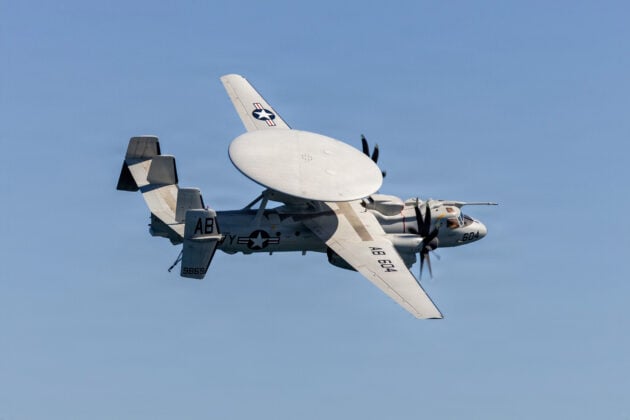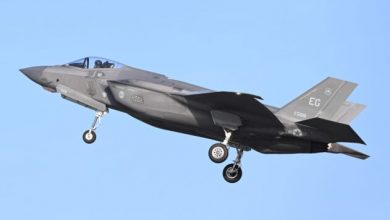U.S. carrier aircraft patrol Venezuelan coast

United States Navy carrier-based aircraft conducted patrol flights along the coast of Venezuela on Monday, marking the first visible sign that the USS Gerald R. Ford has entered active operations in the Caribbean Sea.
The patrol included an E-2D Hawkeye airborne early warning aircraft and several F/A-18E/F Super Hornet fighter-bombers.
Yesterday, the patrol of the Venezuelan coast was carried out by a carrier-based E-2D Advanced Hawkeye tactical airborne early warning (AEW) aircraft and several carrier-based F/A-18E/F Super Hornet fighter jets.
Until recently, patrol duties in this area were performed by aviation units of the United States Marine Corps. Previously, the patrol functions were assigned to United States Marine Corps aviation units with F-35B Lightning II aircraft operating from a base in Puerto Rico.
The appearance of Super Hornets and the E-2D Hawkeye indicates the full involvement of the U.S. Navy’s newest aircraft carrier. The appearance of carrier-based aviation means that the U.S. Navy aircraft carrier USS Gerald R. Ford, which recently arrived in the Caribbean Sea, has fully joined the American operation in this area.
Flight-tracking imagery confirmed multiple aircraft labeled as RHINO-series F/A-18E/F Super Hornets and TRACER-series E-2D Hawkeyes operating over international waters north of Venezuela, near Aruba and Curaçao. The aircraft flew repeated orbits and routes aligned with maritime patrol activity.

The E-2D, manufactured by Northrop Grumman and operated by the U.S. Navy, provides airborne early warning, airspace management and long-range surveillance. The F/A-18E/F Super Hornet supports strike, air-to-air and maritime patrol roles, and is operated from U.S. Navy aircraft carriers.
The movement from Marine Corps land-based patrol flights to Navy carrier-based patrols reflects the shift in operational posture following the Gerald R. Ford’s arrival in the region. The carrier’s air wing provides longer endurance and continuous presence without requiring land airfields.





